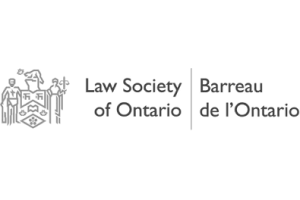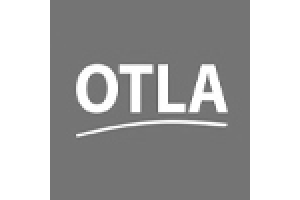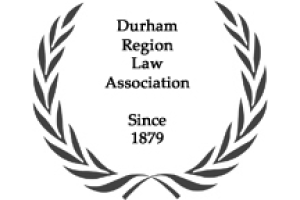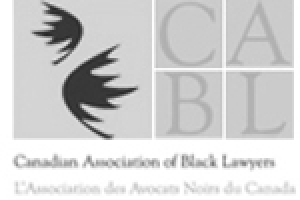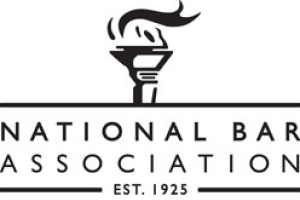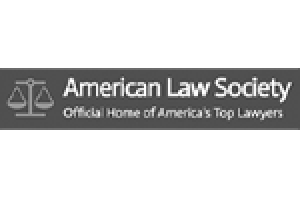Kaiser Aluminum & Chemical Corporation
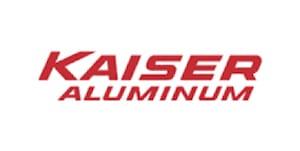
Industrialist, Henry J. Kaiser was the brains behind the Kaiser Aluminum and Chemical Corporation. Kaiser moved west, arriving in California in 1904 and by 1914 he had started his own road construction business. In 1923 he expanded into the sand and gravel business. During the 1930s Henry J. Kaiser was involved in some massive building projects, including the Boulder and Hoover Dams. The Hoover Dam project led him to notoriety, having been fined for flouting worker safety regulations on this project to get it completed ahead of schedule.
The company was incorporated in December 1940 as Todd Shipbuilding. Todd Shipbuilding, located in northern California, turned out over 1400 Liberty ships and 50 aircraft carriers for use during the second world war.
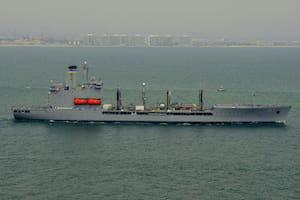
The U.S. Navy Fleet Oiler Henry J. Kaiser.
When peace was declared Henry Kaiser, always on the lookout for opportunity, decided to go back to his roots in the construction business. The company was re-named Kaiser Aluminum and Chemical Corporation (KACC) in 1949.
As early as 1940 Kaiser had been pressing government officials for the right to build an aluminum plant in the Northwest. As a result of Kaisers experience in dam building, he knew that the ample water supply in Washington state was an inexpensive method of power generation. Kaiser already operated mining operations to supply the facilities with the required ore and Kaiser saw an opportunity to control the whole process.
Aluminum smelting got put on the back burner during the war years however when the war ended the government had 36 surplus aluminum smelters. Kaiser had also located bauxite deposits in Jamaica, the most important mineral in the aluminum fabricating formulae. He initially leased three facilities in Washington state from the government and eventually went on to purchase those facilities. Two were bauxite reduction plants or smelters (Mead & Tacoma WA) and one was a rolling mill, located in Trentwood (Spokane), WA.
The majority of Kaiser’s products relate to the aerospace, automotive and custom industrial industries. Making aluminum is a hot dirty process and the reduction pots used to smelt the bauxite were lined with heat resistant asbestos. The Korean War required military equipment, so the US military became one of Kaiser’s biggest customers. As a fun fact, the Kaiser Aluminum Trentwood facility turned out over 10 million TV dinner trays for Swanson foods in 1954.
KACC moved into the Canadian market in 1964 with a registered stated product line listed as “refractory products and materials primarily for use in industrial furnaces including bricks; castable, plastic, moldable and coating materials; gunning, ramming and firebrick mixes; mortars; and gun grains.”
Kaiser currently operates 13 facilities in the United States and one in London, Ontario, Canada. These numbers changed over the years as the aluminum business went through many ups and downs. During one of the times the aluminum business was difficult following the end of the Korea war, KACC developed some aluminum insulation products that contained asbestos. Kaiser Vee Block Insulation and Kaiser Vee Block Mix were developed by metallurgists employed by KACC and hit the market in 1959. Later the same year a mud product called Hard Top Cement and a “plastic” insulation went into production. These products contained up to 5% chrysotile asbestos.
In the early 70s, as asbestos use was nearing its peak, Kaiser developed a product called Super D Insulating Block. This product contained 6% amosite asbestos. Plastic Chrome Ore and Plastic K-N Refractory Cement followed in 1974. None of these products contained warning labels, or any indicated that caution should be used to avoid inhaling the inevitable dust created when applying the insulation. Most workers had no idea that these products contained asbestos at all.
As knowledge of the dangers of using asbestos grew and workers from Kaiser’s facilities were making injury claims, Kaiser started removing asbestos from their products formula. Their last insulation product to contain asbestos was the K-N Refractory cement and asbestos was removed at the end of 1977. Unfortunately for KACC it was too late. Given the long latency period between exposure and the development of symptoms, the bulk of the mesothelioma claims was yet to come.
Facing a mountain of asbestos disease claims, Kaiser Aluminum & Chemical Corporation filed for Chapter 11 bankruptcy protection in 2002. The Johns-Manville Corporation led the way with organizing an Asbestos Personal Injury Trust and KACC followed their example. Through negotiations with lawyers for Plaintiffs and a future claimants committee it was agreed that Kaiser would pay $1.2 Billion to establish a claims fund to compensate those affected by exposure to Kaiser Aluminum & Chemical Company products. This plan was approved by the court in 2006 and opened for submissions on December 18, 2006.
If you believe you were harmed by products made by Kaiser Aluminum and Chemical Corporation, contact us to discuss an application to the KACC asbestos trust for compensation for yourself and your family.


